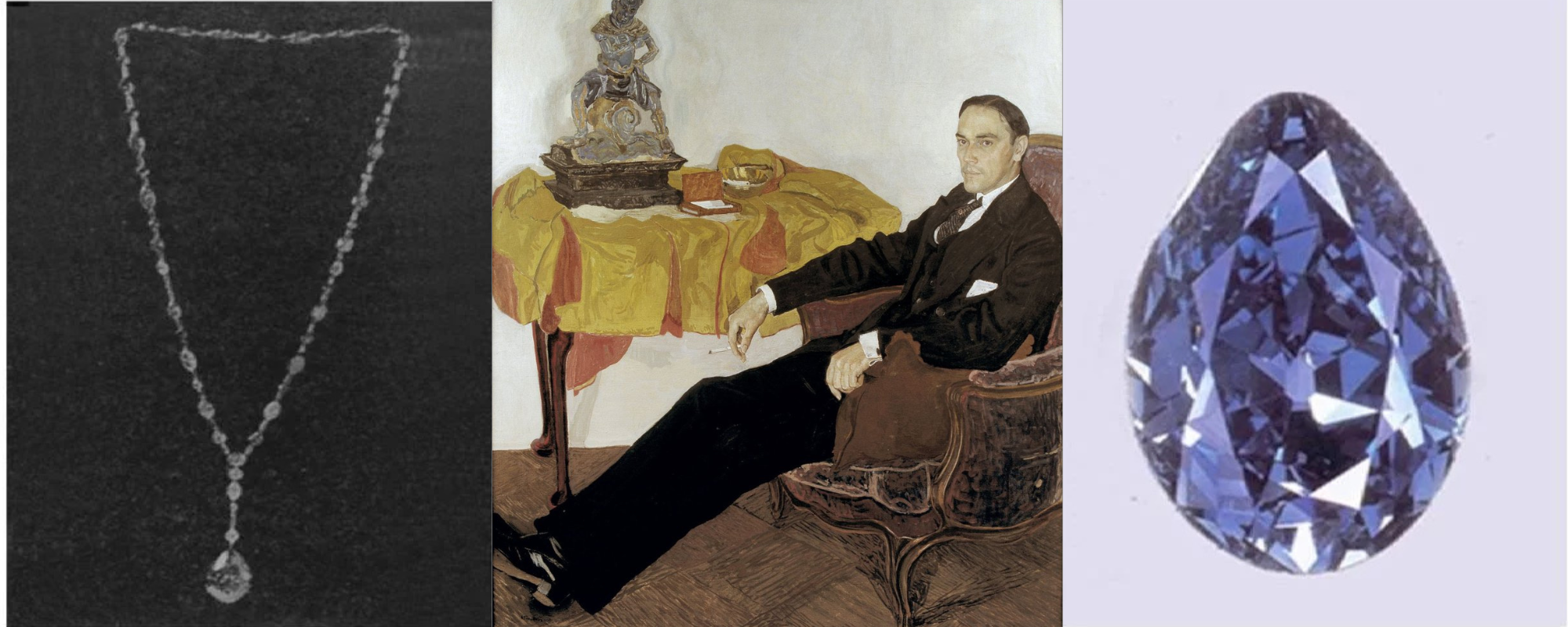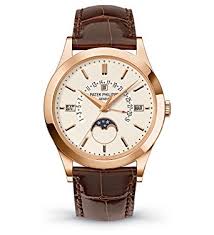This is also a story of love, but unlike the romantic tale involving the Cartier necklace given to the young wife of American magnate Morton Plant, this unique diamond played a significant role in the fate of a member of the wealthiest family descended from Ukrainian Cossacks. But first, a little about this most famous lineage✨
Legendary Philanthropists 💰🌟
The largest industrial dynasty of the Tereshchenkos traces its roots to Artemy Tereshchenko, who made “a striving for public good” the motto of several generations. The family grew wealthy thanks to the industrial revolution on their native land, where they owned sugar and brick factories, saltworks, mills, sawmills, a massive textile manufactory, land holdings, and income-generating buildings—not only in Ukraine but across Europe.
They also left their homeland a vast collection of paintings and art objects, which today form the foundation of the exhibits at the National Museum “Kyiv Art Gallery.” Among them are works by renowned artists such as Isaac Levitan, Dmytro Levytsky, Ilya Repin, Mikhail Vrubel, and others🎨🖼
Moreover, the Tereshchenkos personally financed the Kyiv Drawing School, known as the Murashko School, where many Ukrainian artists studied and taught. They invested in the construction of the Kyiv Polytechnic Institute, the “Okhmatdyt” children’s hospital, the development of aviation, and education. Many places in the modern capital of Ukraine are associated with these legendary philanthropists, starting with Tereshchenkivska Street in the very heart of Kyiv, near the monument to Taras Shevchenko and the famous university; buildings that now house the operetta theatre and the medical library; and Petrovsky Alley, which appeared thanks to the Tereshchenkos’ fascination with early automobiles🚗🏙
The Secret of the Largest Diamond Owner 💍🔍
Mykhailo Tereshchenko, born at the end of the 19th century, even on his deathbed in Monaco, recalled the blooming botanical garden in Kyiv and the hum of the railway station—so much that tied him to Ukraine. Though fate took him, after studying in Leipzig and London, to Moscow, the capital of the Russian Empire, he would soon become one of the youngest Ministers of Finance, a member of the State Duma, and later—the Minister of Foreign Affairs in Kerensky’s Provisional Government.
He would also become a personal enemy of Lenin and soon—a prisoner of the Peter and Paul Fortress, from which he would miraculously escape to Europe and start his life anew. In exile, Mykhailo Tereshchenko gained the reputation of a renowned European financier, and in his obituary, a director of Lloyd’s and the Lazard Frères Bank wrote: “His death was a loss for the financial circles of many European capitals.”💼💔
But it is unlikely that the owner of one of the largest fortunes could have imagined that his life would be saved by a precious gem—a diamond that Tereshchenko gave in the summer of 1913 to his beloved, the Frenchwoman Marguerite Noé, when he learned that she was carrying their first child.
The gem, at Mykhailo’s request, was not found immediately—rumor has it that a diamond of 150 carats was brought especially for him from the Kollur mine in Golconda, India. Legends claim that the stone was once part of a ritual ornament of the Hindu god Rama and brought misfortune. The diamond had an incredible blue color, caused by the presence of boron in its crystal lattice. For the cutting, Tereshchenko entrusted the stone to the famous House of Cartier.
Today, the diamond has the following characteristics:
weight: 42.92 carats
cut: pear
name: Tereshchenko Blue
estimated value: approximately $20 million💎✨
The new owner of the Tereshchenko Blue diamond gave it a new name—Mouawad Blue—but the history of the legendary gem did not vanish into oblivion📜
The Greedy Dictatorship of the Proletariat 🔴⚔
But let us return to the chaos of the revolutionary year 1917. The millionaire of yesterday instantly loses not only all his fortune but finds himself on the brink of the most terrifying fate—execution, which Lenin and his followers were planning for his birthday.
While imprisoned in the Peter and Paul Fortress, Mykhailo Tereshchenko was brutally tortured and from time to time taken out for mock executions. Meanwhile, the delicate Marguerite tried to save her beloved and knocked on the doors of high-ranking Bolsheviks, trying to secure Tereshchenko’s release.
Eventually, she was “lucky” enough to be granted an audience with the dictator of the proletarian government, where one of the key ideologues of the revolution, Leon Trotsky, was also present. She spoke of Mykhailo’s philanthropy and declared she was ready to give up the rare blue diamond, which was worth a fortune, in exchange for her beloved’s freedom.
But Lenin, understanding how much Tereshchenko knew about his espionage ties, rejected Marguerite, hysterically throwing her out of his office💣
Trotsky, however, had a different opinion. Intrigued by the story of the extraordinary gem, he had one of his envoys bring Marguerite an offer that same evening—to exchange the hostage for the diamond.
It was risky, for there were no guarantees that Mykhailo would remain alive. But Marguerite, desperate, grasped at this “straw.” Trotsky kept his word, and soon the legendary philanthropist Tereshchenko left his homeland in a cattle car, never to return. Thus, the former millionaire reached Europe, where he would later fight against Hitler, become a brilliant financier, and rebuild his wealth—but that is another story🛤️💼
The Tereshchenko Blue diamond disappeared for a long 65 years and only resurfaced in 1984 at a Christie’s auction, where it was sold for the then-record price of $4.5 million to Lebanese diamond dealer Robert Mouawad.
But who put the legendary Tereshchenko gem up for auction? Christie’s representatives refused to disclose, citing confidentiality.
When the only heir of the dynasty, Mykhailo’s grandson Michel Tereshchenko, contacted the collector asking at least to see the diamond that once belonged to his grandmother, Robert Mouawad replied that it was impossible, as he had sold it to a Saudi Arabian emir.
Whether that is true remains unknown—as does the entire mystery surrounding the famous Ukrainian’s diamond: how the stone got to Europe, how it made it to the auction, and who owned the unique gem after Trotsky.
Nonetheless, the Tereshchenko Blue has already entered the annals of history as a magnificent gem gifted in the name of love—and the one that saved a human life💖



